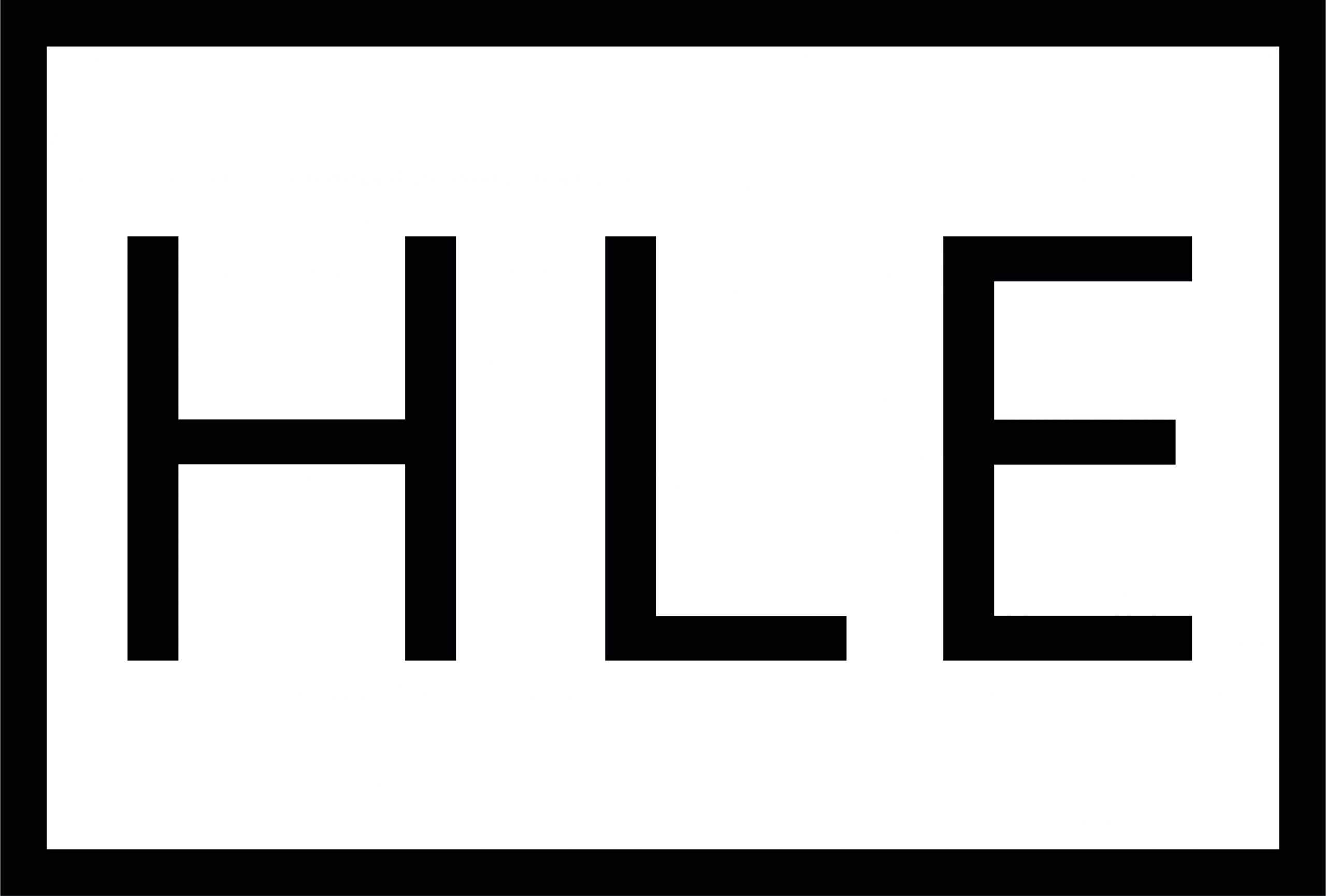NON DESTRUCTIVE TESTING DIM CONTROL
Whether you secure an item of cargo aboard a vessel using lashings or stoppers and cleats, an amount of welding is usually required. This, in turn, means fundamental checks of the welding must be carried out to confirm it is suitable and up to the job.
While the quality of the weld may seem adequate to the naked eye, further weld evaluation tests are important to identify any internal defects and surface cracks. Non-Destructive Testing (NDT) is an appropriate examination technique which determines the quality of the weld by reviewing the surface and sub-surface of the weld, as well as the surrounding base material, without destroying the welded component.
Within the industry, a number of welding codes and guidelines exist which specify the necessary level of NDT, along with the corresponding acceptance criteria. These guidelines will often include a requirement for 100% visual inspection, in addition to evaluating the welds using Magnetic Particle, Radiographic and Ultrasonic test methods.
In saying this, there is no point in submitting an obviously bad weld for advanced inspection techniques. Visual inspections are perhaps the most underrated method of weld checking, despite being the easiest and least expensive to perform.
Many will assume that once a qualified Weld Inspector has signed off on a weld, no further checks are required. However, this is not always the case. Welds can pass the NDT checks but still be unacceptable, so the visual inspection is a step that should not be missed out. If the weld is visually checked and found to be wanting, then there is no point in moving to the NDT until the weld has been dressed and repaired. Without a visual inspection, time can be wasted on testing already unacceptable welds.
Unless explicitly confirmed, it should never be assumed that checks on the weld size have been carried out by the Weld Inspector. Inspectors are often only concerned with making sure there are no defects, not checking that the correct size of weld has been used based on the engineering. It is imperative to examine the dimensions of a weld, as it correlates directly to its strength. Welds that are too small may have insufficient strength to withstand the forces acting on them.
Weld gauges are cheap and relatively easy to use. A trained site engineer should be checking the weld dimensions as a matter of course to ensure that what is installed matches the design. Keep in mind that the Inspector may not have a copy of the welding fabrication drawings, so they would not know the correct sizes to check.
Faulty welds can lead to serious problems aboard a vessel during sea transit, so NDT is a vital process for detecting any deficiencies prior to the weld being put under load. Visual inspections and dimensional checking are a key part of this process and should involve someone who has a wider understanding of the engineering to ensure welds are fit for their designed purpose.
